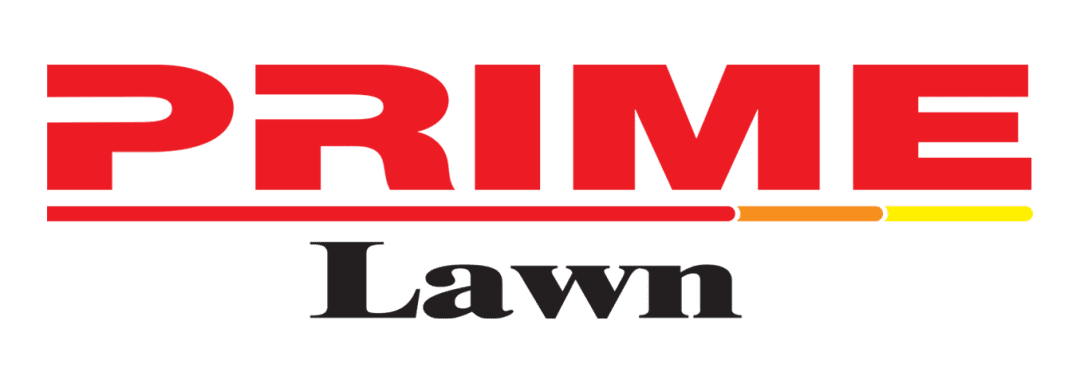Artificial turf is no longer just a solution for sports fields; it is a versatile and attractive option for residential landscaping as well. With advancements in technology, today’s artificial turf mimics the look and feel of natural grass while providing a sustainable, low-maintenance alternative. Whether you are looking to create a lush yard for your kids to play in, a pet-friendly area, or simply want to reduce your water bills, incorporating artificial turf into your landscape can enhance your outdoor space. Here is how to do it effectively.
1. Evaluate Your Space
Before you make any decisions, take a good look at your landscape. Consider factors such as sunlight exposure, foot traffic, and the purpose of the area. This will help you determine where artificial turf will
be most beneficial. Common areas for artificial turf include:
- Backyards – Create a green oasis for family gatherings and outdoor activities.
- Front Yards-Enhance curb appeal with a pristine lawn that requires none of the upkeep.
- Play Areas – Design a safe, soft surface for children to play on.
- Dog Runs- Give your pets a durable, comfortable space that withstands wear and tear.
2. Choose the Right Type of Turf
Artificial turf comes in distinct types, so it is essential to choose one that meets your specific needs. Consider the following:
- Different blade shapes and densities provide varying looks and feels. Lighter, thinner blades resemble natural grass, while thicker, denser options are more suitable for high-traffic areas.
- Artificial turf is available in a range of colors, from lush greens to lighter green with tan thatch, allowing you to choose a look that fits your landscape.
Turf padding
Depending on the use of the turf, a turf pad may be needed to reduce sports injury. Infill materials such as silica sand or rubber granules can affect the feel and drainage of the turf. Choose an infill that caters to your use case, whether it be for aesthetics, performance, or pet-friendliness. Consult a professional for the right infill for your project.
3. Plan Your Design
Once you have selected the right type of turf, it is time to design how it will fit into your landscape. A design professional may be hired to Sketch a layout that incorporates the turf into your existing environment.
Borders and Pathways
Use artificial turf to create defined areas with edging of Stone, bricks, or outdoor Porcelain Pavers.
Integrate with Landscaping Features
Complement your turf with shrubs, flowers, trees, decorative rocks, or water features to create a balanced look.
Consider zoning different sections for various activities—such as a section for relaxation, play, and even an outdoor grill.
4. Installation Process
Preparation is key to a successful artificial turf installation. Here are the steps to take:
- Remove Existing Grass and Debris
- Clear the area of any existing vegetation, and debris.
- Level the ground to ensure the area is level and slope to drain turf areas during heavy rains.
- Fill any low spots and compact the sub-grade to create a solid base.
- Lay down a base layer of crushed stone or gravel. This layer aids in drainage and provides stability for
the turf. - Following your design, it is now time to install your turf.
- Roll Out the Turf, Lay the artificial turf down, ensuring it fits well in your prepared area.
- Seam the Edge- Use adhesive tape or glue to connect seams where two pieces of turf meet.
- Secure the Turf using U-shaped nails or six” nails to secure the turf to the ground every few inches, particularly around the edges and seams.
- Infill is crucial for maintaining the look and feel of your artificial turf. Once the turf is down:
- Apply your chosen infill material evenly across the turf using a drop spreader.
- Use a power broom or stiff-bristle broom to brush the turf fibers up.
- This not only helps the blades stand upright but also assures the infill settles well.
5. Turf Maintenance
While one of the benefits of artificial turf is its minimal maintenance, it still requires some care. Remove leaves, debris, and pet waste as needed. A leaf blower or vacuum can make this task easier. Hose down the turf to remove dust and allergens every 6 months. This is especially important if you have pets. Add necessary infill to keep turf blades upright and looking great!
Incorporating artificial turf into your landscape offers a practical and aesthetic enhancement to your outdoor space. With proper planning, installation, and maintenance, you can transform your yard into a lush and inviting environment that suits your lifestyle and preferences. From creating kid-friendly play zones to enhancing your home’s curb appeal, the benefits of artificial turf are numerous. Say goodbye to the hassle of mowing, excessive watering, and weeding, and say hello to a beautiful, evergreen landscape!
